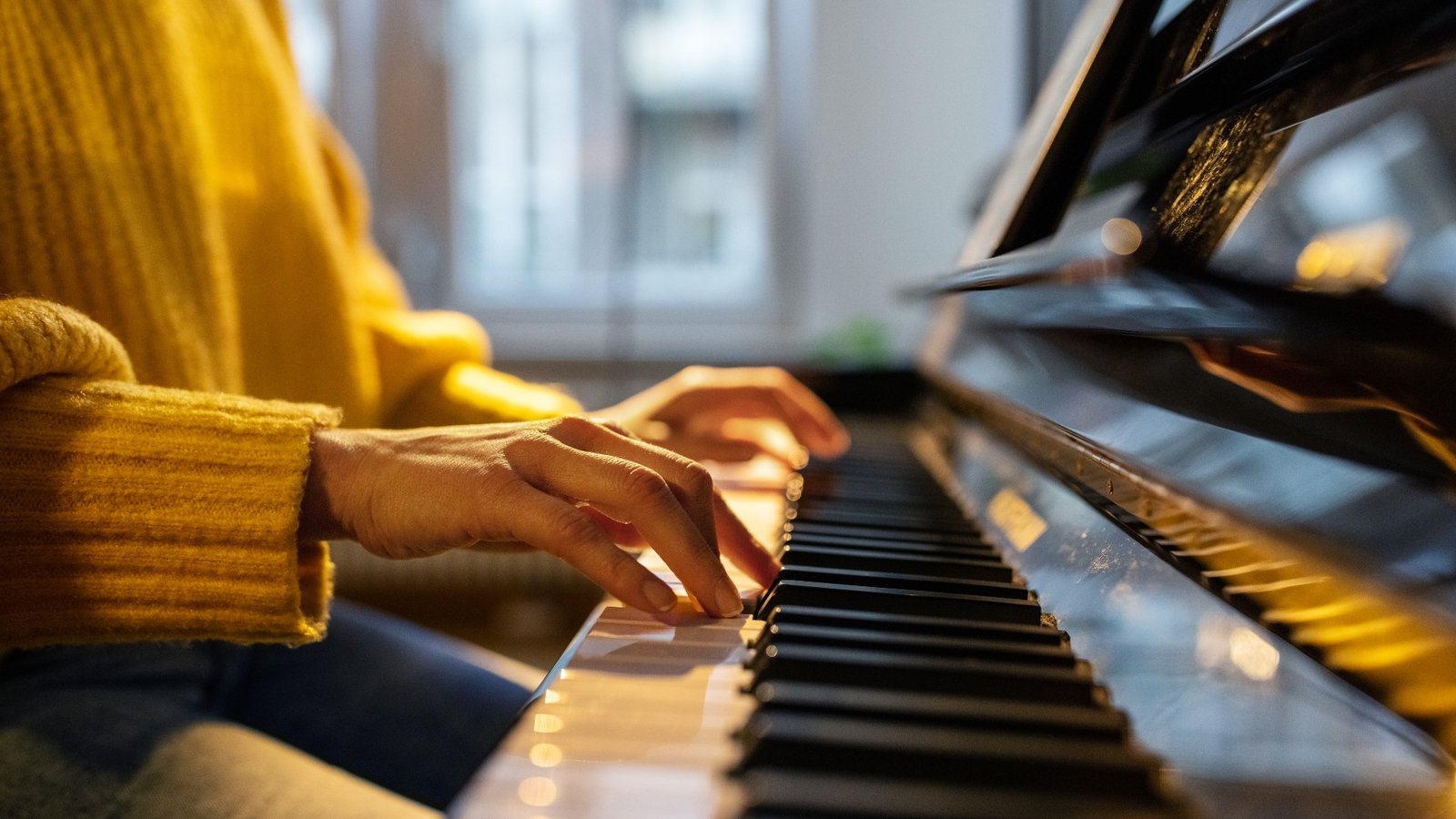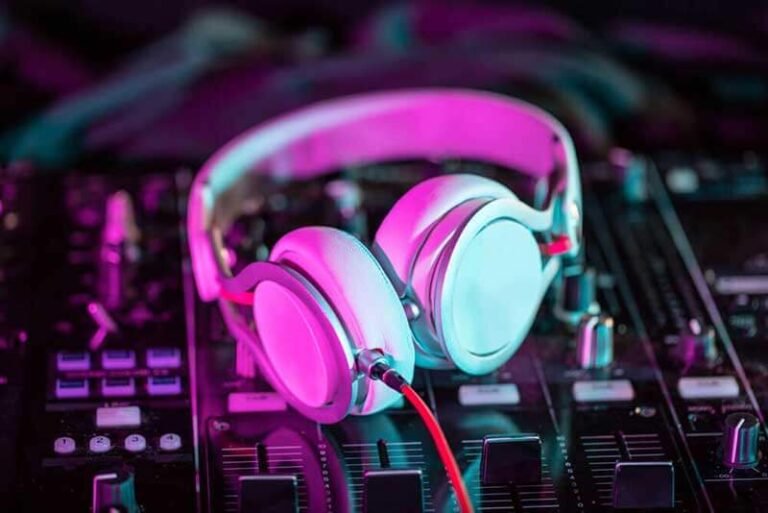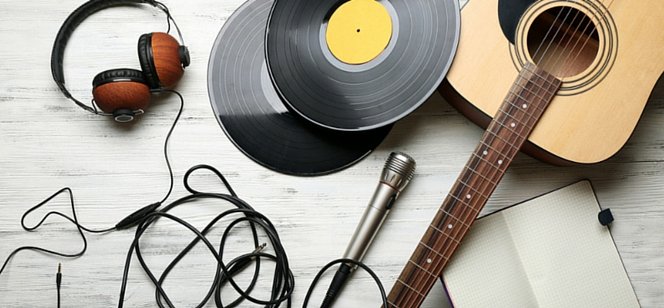The History of Music: From Ancient Times to Modern Day
The history of music reflects humanity’s evolving cultural landscape. From its origins in ancient rituals to the intricate compositions of the Medieval and Renaissance periods, music has served as a mirror of societal values. The transition to the Baroque and Romantic eras introduced emotional depth through distinct genres. Today, the music scene is a tapestry of global influences and digital innovation. Understanding these transitions reveals deeper insights into music’s role in shaping human experience.
The Origins of Music: Ancient Beginnings
The origins of music can be traced back to the earliest human civilizations, where it emerged as a fundamental aspect of social and cultural expression.
Rooted in ritualistic practices, music served to unite communities, mark significant events, and convey spiritual beliefs.
These early cultural expressions not only reflected the values of society but also fostered a shared identity among individuals, enriching their collective experience.
See also: Why Regular Visits to a Physical Therapist Matter
The Development of Musical Forms: Medieval to Renaissance
As societies transitioned from the Medieval period to the Renaissance, significant transformations in musical forms emerged, reflecting broader cultural shifts.
Gregorian Chant laid the foundation for more complex compositions, evolving into polyphonic texture, which allowed multiple melodic lines to coexist.
Advances in musical notation facilitated these developments, while courtly music flourished, embodying the ideals of the era and enhancing the expressive potential of musical art.
The Rise of Genres: Baroque to Romantic Era
Emergence of distinct musical genres characterized the transition from the Baroque to the Romantic era, reflecting a rich tapestry of cultural, social, and artistic changes.
Baroque characteristics, such as intricate counterpoint and ornamentation, gave way to Romantic influences emphasizing emotional expression and individuality.
This evolution marked a significant departure, allowing composers to explore new thematic depths and personal narratives, reshaping the musical landscape.
The Modern Music Landscape: 20th Century to Today
Following the profound changes in musical expression from the Baroque to the Romantic era, the 20th century introduced a myriad of innovative styles and movements that reshaped the music landscape.
Digital streaming revolutionized access to music, fostering a global audience, while music festivals became cultural phenomena, celebrating diverse genres.
These developments exemplified the evolving relationship between artists and listeners, embodying a newfound freedom in musical exploration.
Conclusion
In tracing the arc of music from its primal origins to the cacophony of modernity, one uncovers a rich tapestry woven with threads of culture, emotion, and innovation. Each era, like a distinct brushstroke on a vast canvas, contributes to the symphony of human experience. As digital waves crash upon the shores of tradition, music continues to evolve, echoing the complexities of society, and reminding us that, at its core, it remains an eternal dialogue of the human spirit.



